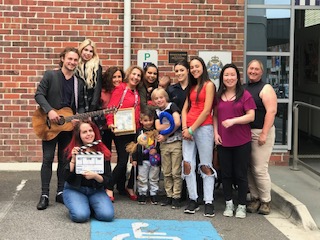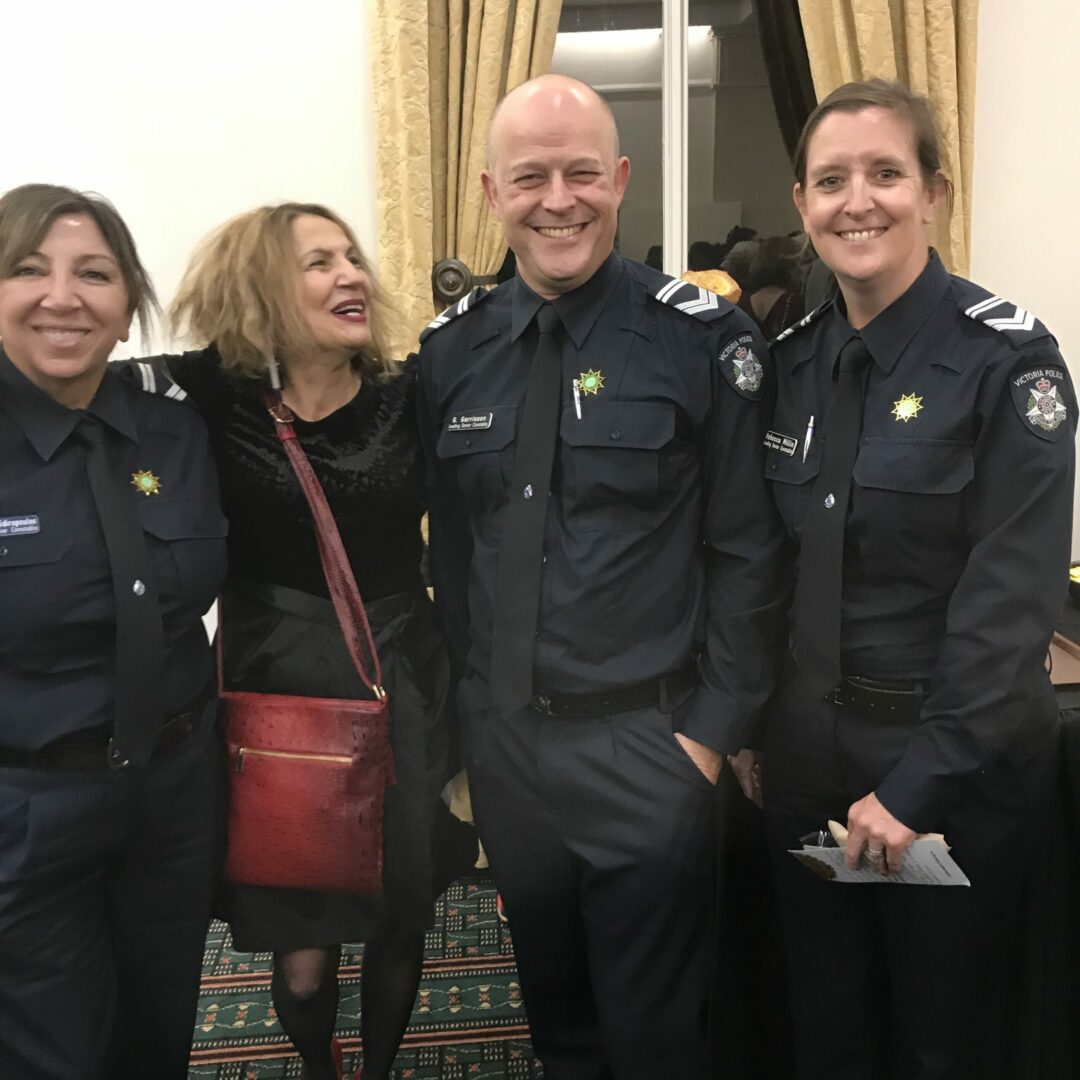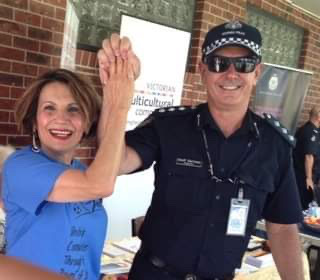Be Informed About the Myths Around Domestic Violence
Be Informed About the Myths Around Domestic Violence


WE EDUCATE DOMESTIC VIOLENCE SURVIVORS AND ADVOCATES
It all starts with Education.
Knowing the problem & learning the tools to cope with the problem, is the first step to solving the problem.
We provide these tools – we hope to collaborate with people from all walks of life - from those who have experienced family violence firsthand... to those who wish to help others escape it. We aim in bringing out the “child-within” each individual, for them to observe the extent of their own contribution. Everyone is welcome: “in the countdown to 2030, everybody counts and everybody is needed”.
By bringing focus to the issue of domestic violence and its effects on children, even if they are not in attendance. Our goal is to shed light on the “cycles of violence” within the family dynamics - from the “honeymoon phase’ to the dark and ugly side of violence. We aim to do this by educating people and giving them a basic framework provided by the United Nations Convention on the Rights of the Child (UN-CRC) and the Virtues Program enlightening them on global standards.





Myth No. 3 Domestic Abuse is a Crime of the Poor and Uneducated.
Supposedly only dummies are vulnerable. “A woman that has great education and training and a great job are not susceptible to this kind of abuse by men,” said Oregon’s 2016 Republican nominee for governor.
Last March, a British judge gave a suspended sentence to a man who admitted beating his wife with a cricket bat and forcing her to drink bleach, because, the judge said, the victim was “plainly an intelligent woman.”
As a sociologist tells a survivor and advocate in “Private Violence,” a 2014 HBO documentary:“It’s my understanding that domestic violence only affects poor, uneducated people. Lawyers, doctors and professors do not beat their wives and children.”
In truth, domestic abuse is what might be called an ecumenical crime, with no regard for age, ethnicity, financial status or educational background. The problem is learned behavior, not pedigree. Abusers carefully control their actions, choosing who and when to abuse; they don’t, for instance, beat up their bosses. Some label it a “Dr. Jekyll and Mr. Hyde” personality — violent at home, charming and thoughtful everywhere else.
Which is why examples of smart and successful abusers abound. Just think of Ike Turner or Chris Brown. Last year, former South Carolina state legislator Chris Corley pleaded guilty to felony domestic violence charges.
This month, “7th Heaven” and “Party of Five” actor Jeremy London was arrested in Mississippi and charged with misdemeanor domestic violence. I’ll never forget participating in police training in Howard County, Md., in 1978, when a victim told officers, “The first time my husband hit me, I thought: ‘This can’t be happening to me, I have a master’s degree.’ ”




Myth No. 5 The Abuser Just Snapped.
Some people think domestic abuse is a tantrum run amok. When a Massachusetts man pleaded guilty to an assault that left his wife on life support, his defense attorney said he’d faced a lot of pressure and had just “snapped.”
When Ronald Lee Haskell allegedly killed six members of his ex-wife’s family in Texas in 2014, a childhood friend said, “Haskell must have snapped.”
But domestic violence is not about anger management or an inability to handle stress. Abuse almost always recurs in a cycle, according to Psychology Today, one that’s based largely on demonstrating control.
As Natalia Otero, a lawyer and the executive director of D.C. Safe, told me: “One of the oldest myths is that the abuser is out of control. I’ve seen abusers come into court quite eloquent, quite clear about what they know and what they want from their partner and from the system.
Violence for them is not a random act — it is a way of controlling a situation.”





